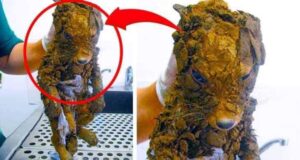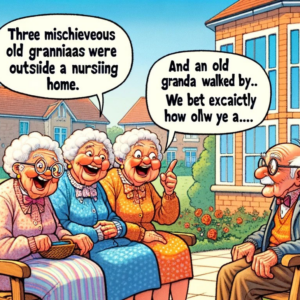
For Nina, a calm walk in the woods became an endearing and surprising rescue effort; at first, she thought she had pulled a scared puppy out of the muck. When a veterinarian determined that the muddy object was indeed a newborn coyote, the tale took an unexpected turn.
Nina ventured into the dark water to save the tiny creature, led by its feeble crying. Even though Nina was shocked when the veterinarian revealed the truth, her bond with the little coyote deepened. She trusted a nearby Wildlife Rehabilitation Center with the wild animal’s care, anxious yet resolute.
Over the next few weeks, Nina’s thoughts kept returning to the young coyote. When she visited the rehabilitation facility, she saw how it healed and eventually became ready to be released back into the wild. Nina struggled with conflicting feelings as she bid farewell to a creature she had been attached to and rejoiced over the coyote’s return to its natural habitat.
When the day of release finally came, Nina had a deep sense of both fulfillment and grief as she saw the young coyote rush back into the wild. Rather than dissuading her, Nina’s experience encouraged her to work for the protection of wildlife.
A few months later, Nina happened upon an unexpected reunion with the adult coyote she had saved while hiking in the same Wilderness Area. Nina felt as though the animal recognized her, and they connected for a brief period. Strangely enough, the coyote guided Nina to a den where additional frightened young coyotes required help. Nina’s relationship with the mother coyote was strengthened when she helped save the babies by calling the Wildlife Rehabilitation Center and using quick thinking.
As the narrative comes to a close, Nina is still devoted to saving wildlife, frequently visiting the Wildlife Rehabilitation Center and encouraging others to do the same.
Nina’s transformation from an apparently routine stroll through the woods to an ardent supporter of wildlife underscores the significance of coexisting with the natural environment and the influence that one individual can have on the lives of animals.





